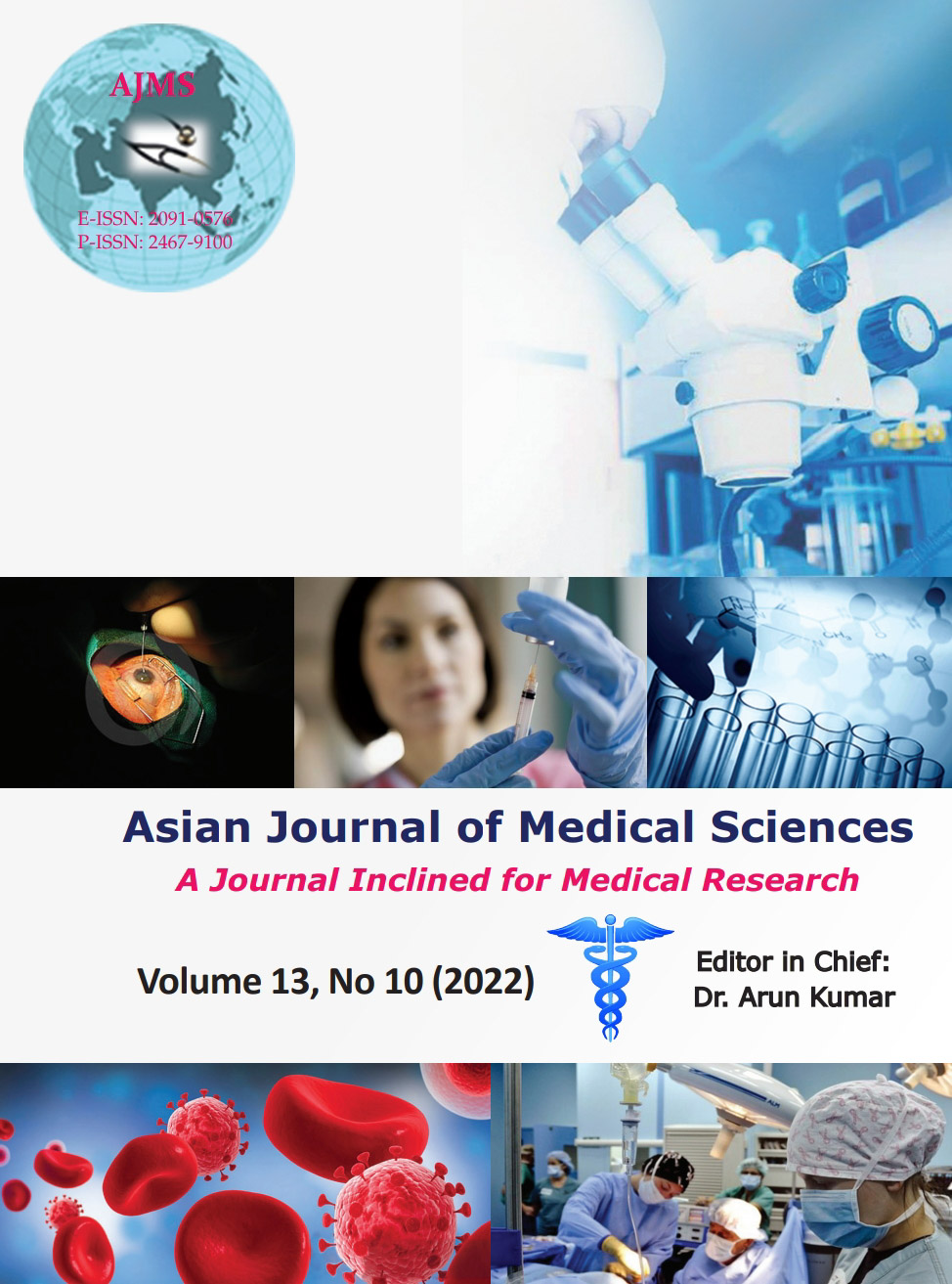Comparative evaluation of placental elasticity in normal pregnancy and pregnancy-induced hypertension and its association with uterine artery pulsatility index and fetal outcome
Keywords:
Doppler, Elastography, Fetal outcome, Pregnancy induced hypertension(PIH)Abstract
Background: Pregnancy-induced hypertension (PIH) is associated with significant maternal as well as fetal morbidity and untreated cases may be associated with poor pregnancy outcomes. It brings about various histological and morphological changes in the placenta such as infarcts, fibrosis, and calcification thereby affecting the well-being of fetus. Detection of it at an early stage is important from the point of view of management as early intervention is associated with improved maternal and fetal outcome. Shear wave elastography (SWE) of placenta is a non-invasive investigation that can detect changes in placental elasticity during the pregnancy.
Aims and Objectives: The aim of the study was to assess and compare the difference in values of placental elasticity in normal pregnancy and in clinically diagnosed cases of PIH and to study its association with uterine artery-pulsatility index (UtA-PI) and fetal outcome.
Materials and Methods: This was a prospective and observational study in which pregnant females with gestational age of 20–34 weeks who were referred to radiology department for routine sonography including the clinically diagnosed pregnancies with PIH were included on the basis of a predefined inclusion and exclusion criteria. A total of 106 individuals were included in the study, B-mode sonography, uterine artery Doppler, and placental SWE were performed in all these patients. All these pregnancies were followed up for the fetal outcome.
Results: The mean gestational age of the studied cases was found to be 26.51±4.415 weeks. Higher SWE values were found, as compared to the normal pregnancies, in pregnancies complicated by PIH and the difference was found to be statistically highly significant (P<0.001). Placental SWE showed a strong association with UtA-PI and fetal outcome. Incidence of adverse fetal outcome such as preterm deliveries, intrauterine death, stillbirths, and small for gestational age babies was more commonly seen in PIH group and the difference was statistically significant (P<0.005). Incidence of birth asphyxia (as determined by low APGAR score) and neonatal intensive care unit admissions was more in neonates born to patients with PIH as compared to those in healthy women and the difference was statistically significant (P<0.005).
Conclusion: SWE has the potency to detect the changes in placental morphology and can help with diagnosis of pregnancies complicated with PIH. It does have a synergistic role to play alongside the uterine artery Doppler and clinical parameters to predict the pregnancies with PIH.
Downloads
Downloads
Published
How to Cite
Issue
Section
License
Copyright (c) 2022 Asian Journal of Medical Sciences

This work is licensed under a Creative Commons Attribution-NonCommercial 4.0 International License.
Authors who publish with this journal agree to the following terms:
- The journal holds copyright and publishes the work under a Creative Commons CC-BY-NC license that permits use, distribution and reprduction in any medium, provided the original work is properly cited and is not used for commercial purposes. The journal should be recognised as the original publisher of this work.
- Authors are able to enter into separate, additional contractual arrangements for the non-exclusive distribution of the journal's published version of the work (e.g., post it to an institutional repository or publish it in a book), with an acknowledgement of its initial publication in this journal.
- Authors are permitted and encouraged to post their work online (e.g., in institutional repositories or on their website) prior to and during the submission process, as it can lead to productive exchanges, as well as earlier and greater citation of published work (See The Effect of Open Access).




